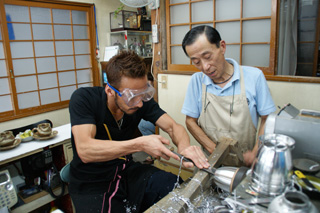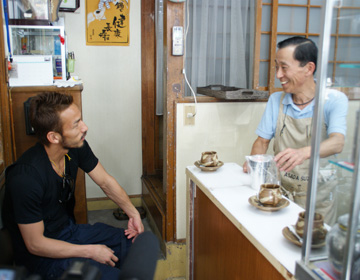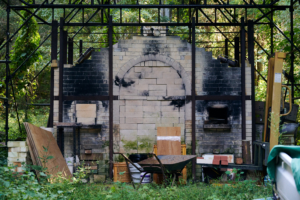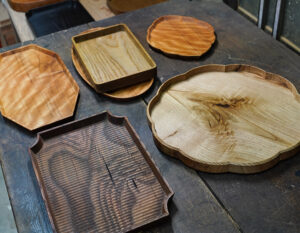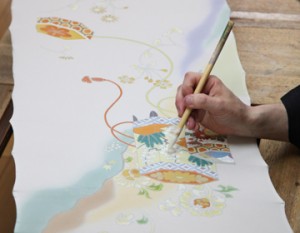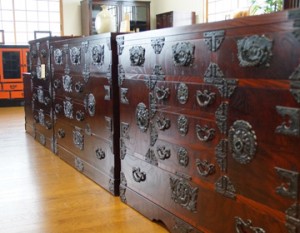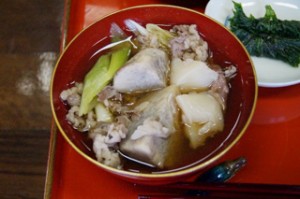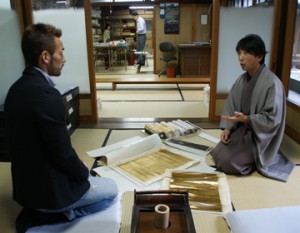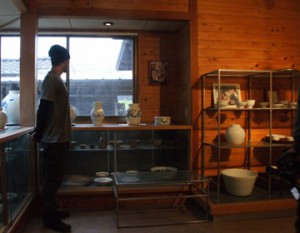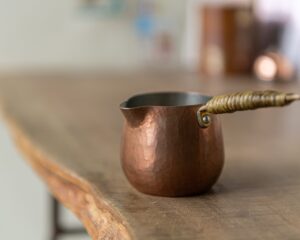History of tin mines and tin ware
Satsuma tin ware is said to date back to the discovery of tin mines in a suburban area in the Edo period. At the time, tin was as valuable as gold and silver and became a big financial resource in Satsuma Domain. It was treated as a luxury item. As it increased in production, tin was gradually made available to general households.
Tin production was inevitably curtailed most notably due to the control on armament after the World War I. Tin mines were temporarily closed. Nevertheless, the Tin Mine Association kept producing tin to the point it became nationally known as the representative specialty from Satsuma. Today, Kagoshima no longer produces tin. But the technique of making the traditional Kagoshima ”kogei” is passed on.
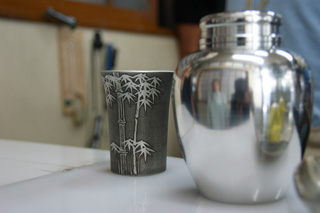
“Meticulous shaving and polishing add to the beauty
Satsuma tin ware is characterized by its ability to retain cold and heat, thanks to its high heat conductivity, and its ability to purify water by means of rough molecules and impurity absorbency. The tin ware has great ionizing effects which are only next to those of gold, and is said to add mellowness to the taste of food or beverage it contains. Vases made from tin make the flowers last longer. Tea jars made from tin retain the aroma for a long time. ”Sake” cups made from tin are suitable for use either hot or cold, and effectively enhance the taste of the ”sake”. For these reasons, tin has been extensively used for eating utensils from old times.
Tin is soft and is easily processed. Pour melted tin into a mold and, after it hardens, shave it with a lathe. The process is entirely performed by hand. The fineness of the shaved surface, polishing and the profound etching require a considerable level of discipline and concentration. The result is the sophisticated colors, luster and soft texture. They comprise one of the reasons that the tin continues to attracting users. Today, only three shops hand down the technique of Satsuma tin ware. Nakata visited one of them and learned from Shintaro Asada, the second generation owner of the shop with a 40-year career in tin ware making.
